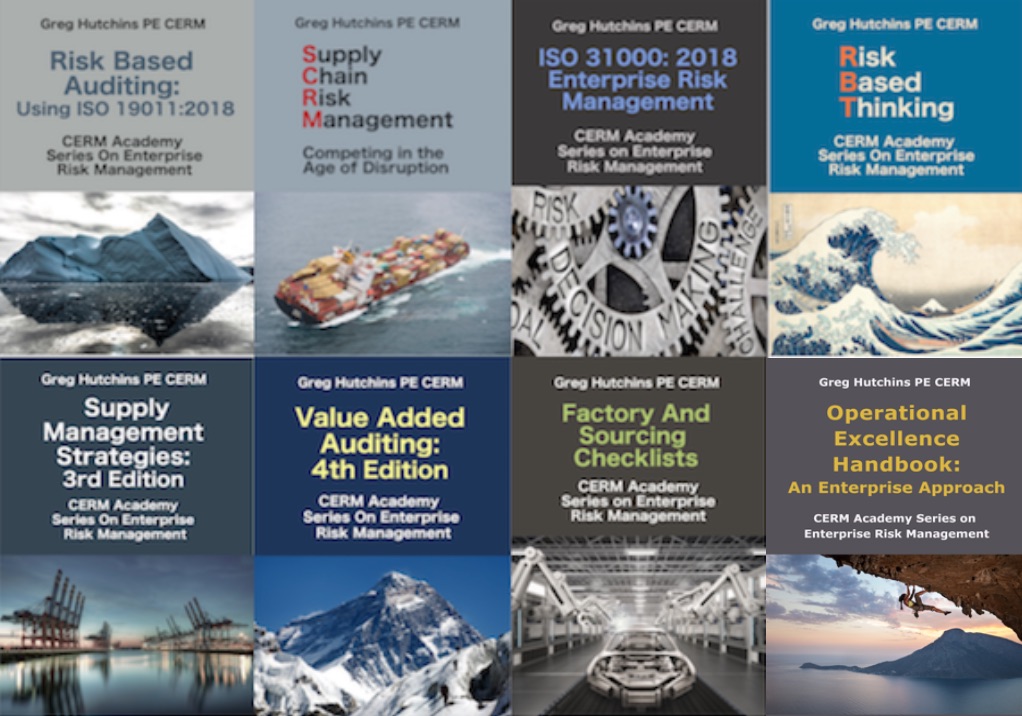 We are entering a time of global trade wars: US vs. China, US vs. EU, EU vs. China and frankly:China vs. The World.
We are entering a time of global trade wars: US vs. China, US vs. EU, EU vs. China and frankly:China vs. The World.
And, it’s not going away. China is on it’s way to becoming ‘evil empire.’ The new Soviet Union of unfair trade.
THE MOST CRITICAL QUESTION
This means that companies must now revisit and answer their most critical question: ‘Make or Buy’ products that used to be made by suppliers
The ‘make or buy’ decision is the first risk based, sourcing decision an end-product manufacturer makes. If an end-product manufacturer has core process capabilities or core competencies then it would make the product. If it does not, then it buys (sources) the product from ‘world-class’ suppliers with complementary core process competencies. Now the ‘make or buy’ decision is more complicated due to offshore price increases, domestic content politics, and upcoming tradewars.
One of the first critical risk decisions is to determine the manufacturing business model for a category of products or services. One business model is to make products internally based on just-in-time of the placement of the order. Another business manufacturing model is to outsource products or services to suppliers. This is called the ‘make or buy decision.’ Sometimes, this is an easy risk based decision or can be very difficult.
RISK BASED, DECISION MAKING
The ‘make or buy’ decision is one of the most critical supply chain, risk based decisions. The decision is important for several reasons. It determines and defines an end-product manufacturer’s core competencies. It determines what level of investment the business will make internally as well as with suppliers.
The ‘make or buy’ decision involves financial and capability issues as companies ask: ‘Do we have the expertise to manufacture a quality product and deliver it at a competitive cost?’ Since some industrial tasks cannot be effectively accomplished in‑house because of lack of equipment, trained personnel, or material, the answer to the question is often ‘no.’ So, non-core products and services are contracted to outside suppliers. The decision to outsource is usually based on real business reasons:
- End-product manufacturer decides to focus on core competencies.
- End-product manufacturer wants to develop strategic relationships and customer-supply partnerships in emerging markets.
- End-product manufacturer wants access to the supplier’s marketing, innovation, skills, and technology.
- End-product manufacturer anticipates substantial cost savings from outsourcing.
- End-product manufacturer gains access emerging markets.
MAKE OR BUY IN TECH
Let us look at a high-tech company’s ‘make or buy’ decision-making. Following the rule, ‘cannot be all things to all customers,’ high-tech companies focus their internal resources on core technology while depending on strategically outsourced innovations to complement their internal efforts.[ii]
In general, high-tech companies such as Intel and Microsoft competitively position themselves based on their core knowledge competencies so that internal development (‘make’ decision) provides the most competitive advantage. In areas away from their chip design and software development core competencies, they may outsource, license, or purchase required competencies.
MAKE OR BUY DUE DILIGENCE
If a company outsources a product or service, then it can work with existing suppliers or find new suppliers. As much as possible, companies do not want risks, surprises, waste, or unwelcome uncertainty. They want consistency that can be gained through Risk Based Problem Solving (RBPS) and Risk Based Decision Making (RBDM). They want to work with known people, known relationships, and known supplier processes.
Another way to say this is that end-product manufacturers want to minimize downside risks and optimize upside risks. It is pretty simple; life and business work better when we work with knowns. Again, think variability and risk. We do not want unknown variability, unknown risks, unknown people, unknown processes, unknown suppliers, or unknown outcomes.
One solution is to encourage supply-partnering relationships. End-product manufacturers and suppliers trust each other to share key process information, technologies, cost/delivery/quality targets, and even investments. This frankly is not easy. It requires deep trust that a nondisclosure agreement (NDA) cannot enforce.
The ‘make’ decision also is not easy for a supplier. The supplier may even pass on the opportunity to provide the product or service because of unknown risks. The products may not be worthwhile to manufacture or deliver the requested services. The products are low volume or ‘one of a kind’ that may require new production equipment or provide insufficient margins. Is the end-product manufacturer willing to pay for the added supply investment? Many questions – few easy answers. The ‘make or buy’ decision usually comes down to optimizing many risk related factors.
So as the trade wars escalate, what are you going to do – “Make or Buy.”
[ii] ‘Concurrent Development and Strategic Sourcing: Do the Rules Change in Breakthrough Innovation?’, Journal of High-technology Management Research, Spring, 2000.
Bio:
Greg Hutchins PE and CERM (503.233.101 & GregH@QualityPlusEngineering.com) is the founder of:
CERMAcademy.com
800Compete.com
QualityPlusEngineering.com
WorkingIt.com
He is the evangelist behind Future of Quality: Risk®. He is currently working on the Future of Work and machine learning projects.
He is a frequent speaker and expert on Supply Chain Risk Management and cyber security. His current books available on all platform are shown below:
